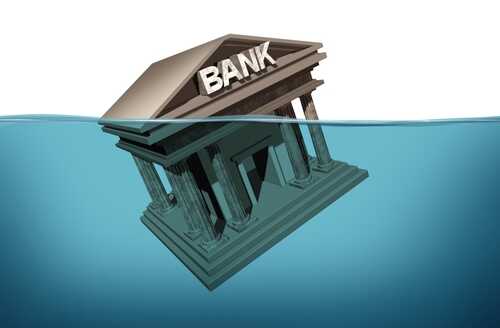Since small and regional banks are critical to small business and consumer lending, many economists believe that the Federal Reserve’s efforts to tame inflation could have dire consequences for the economy as Americans could find it harder to get credit, The Epoch Times reported.
Johns Hopkins University economics professor Steve Hanke told The Epoch Times that lending peaked in May 2020 at 11 percent growth year-over-year. But now, that number has slowed to 5.5 percent.
Hanke, who once served on the Council of Economic Advisors under President Reagan, said after the bank failures last month, he predicts that lending will continue to slow while the credit market tightens.
Goldman Sachs reported last month that the tightening in lending standards among smaller US banks will likely reduce economic growth in 2023.
According to Goldman Sach, banks with less than $250 billion in assets comprise around half of all business lending, as well as 80 percent of commercial real estate lending, 60 percent of residential real estate lending, and 45 percent of consumer lending.
In a recent op-ed at Financial Times, economist Mohamed El-Erian writes that the smaller banks remaining are also losing depositors as customers are moving money to larger banks and money market accounts. Given that, the loans smaller banks provide are not likely to be undertaken by those who benefit from “deposit outflows.”
Hanke told The Epoch Times that the US is heading toward a “credit crunch.”
He explained that it is clear that a recession is “baked in” since the money supply has been contracting sharply.
Hanke said the Federal Reserve pays no attention to the rate of growth in the money supply which is why the central bank “dramatically increased” the funds rate while engaging in quantitative tightening.
Calling these actions a “deadly cocktail,” Hanke explained that the Federal Reserve has caused the money supply to plunge by 2.9 percent since March of last year.














